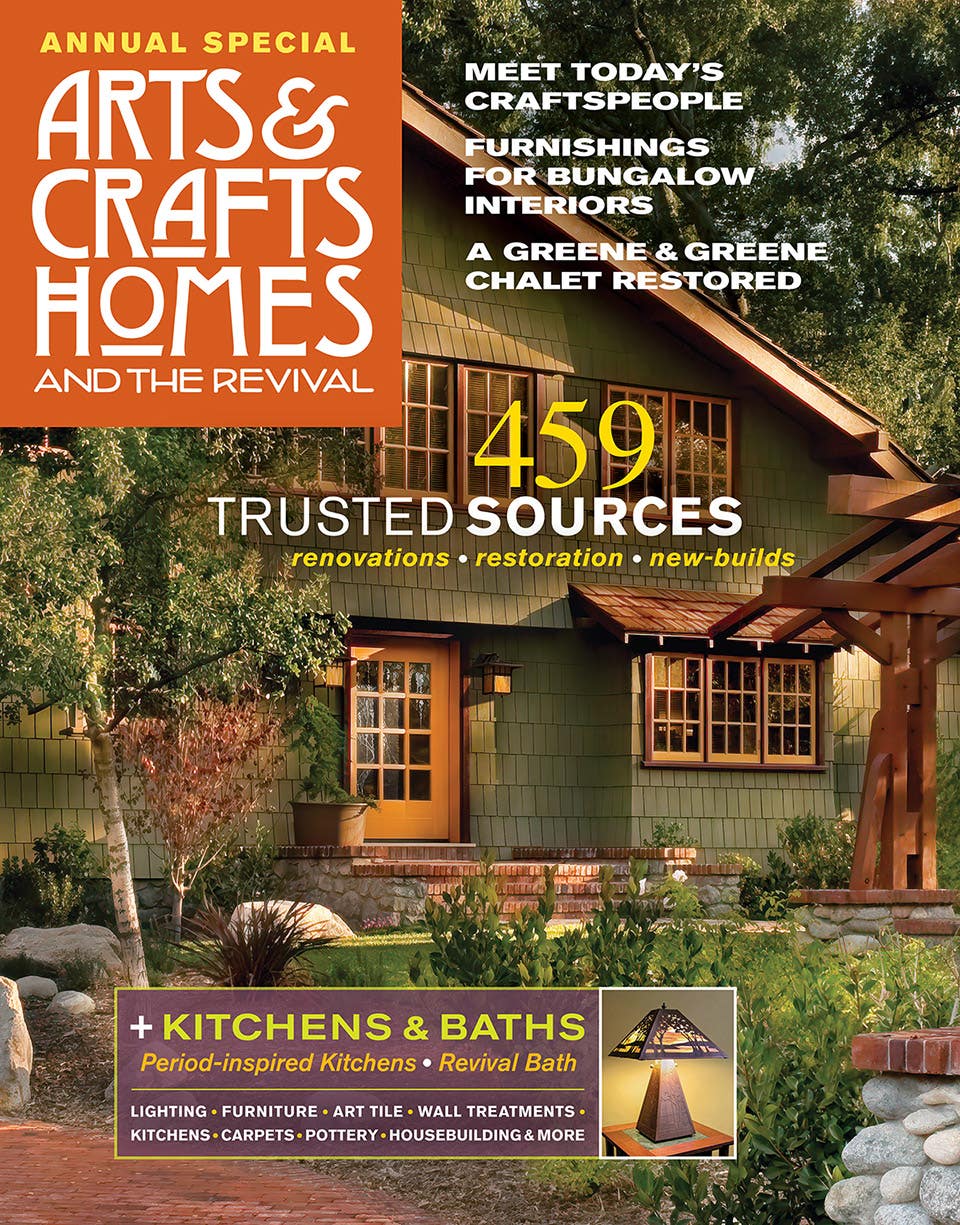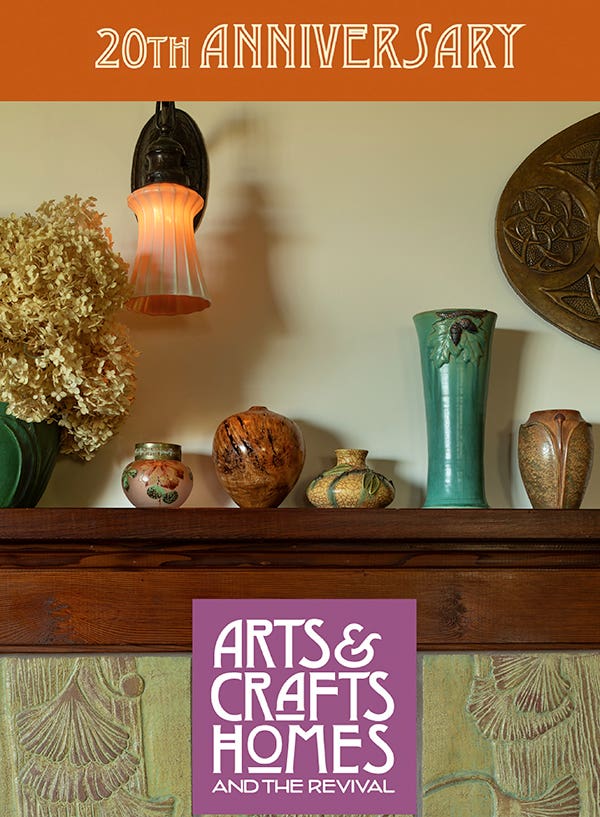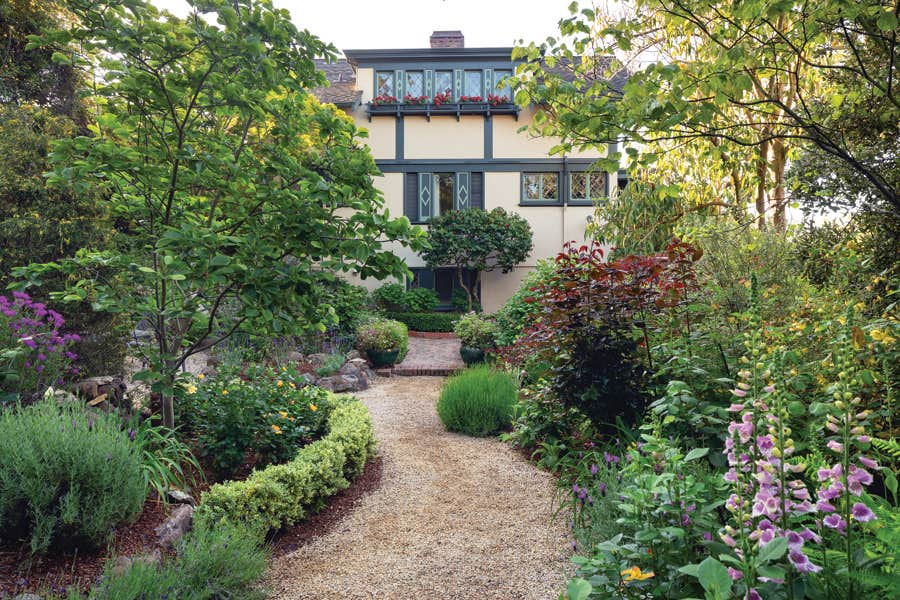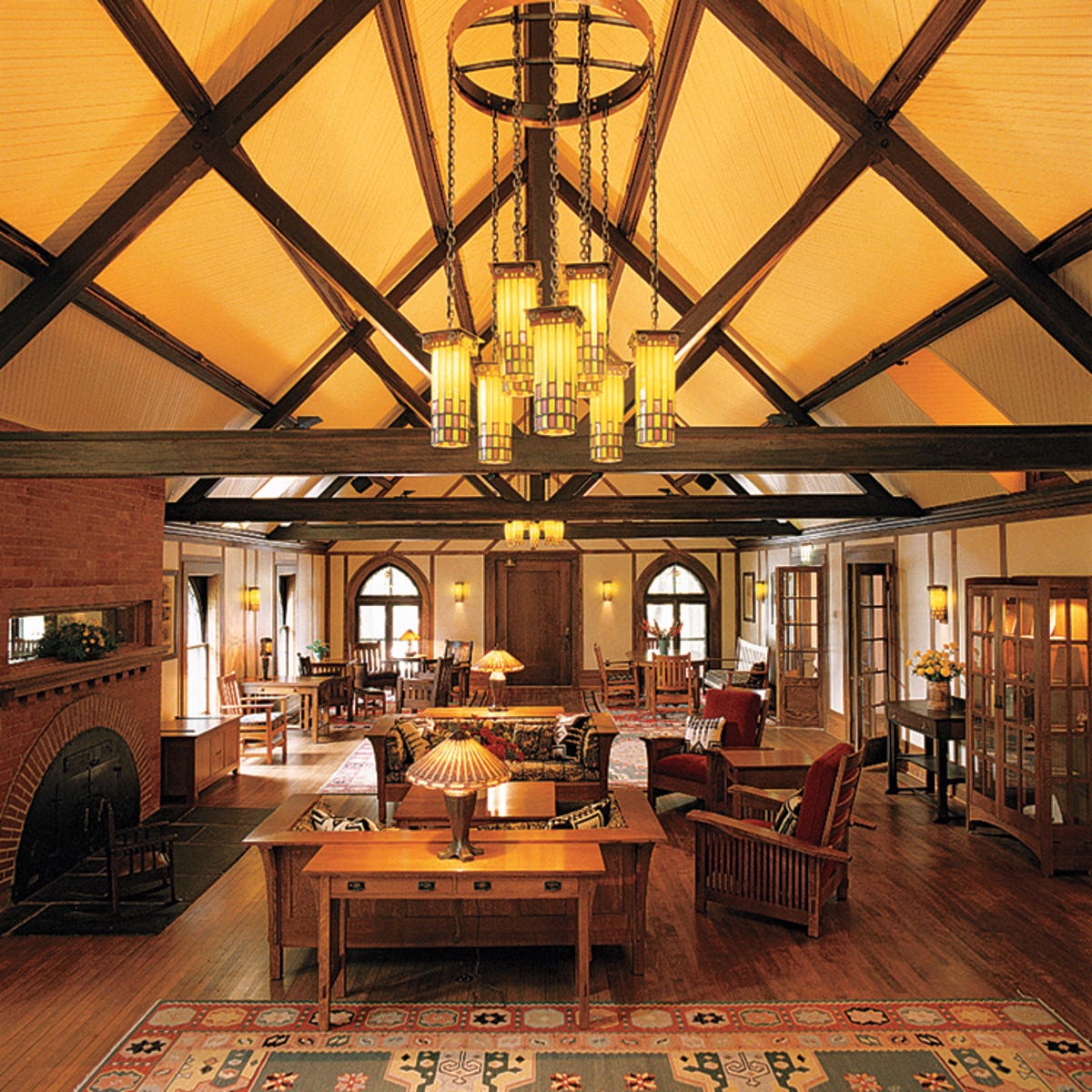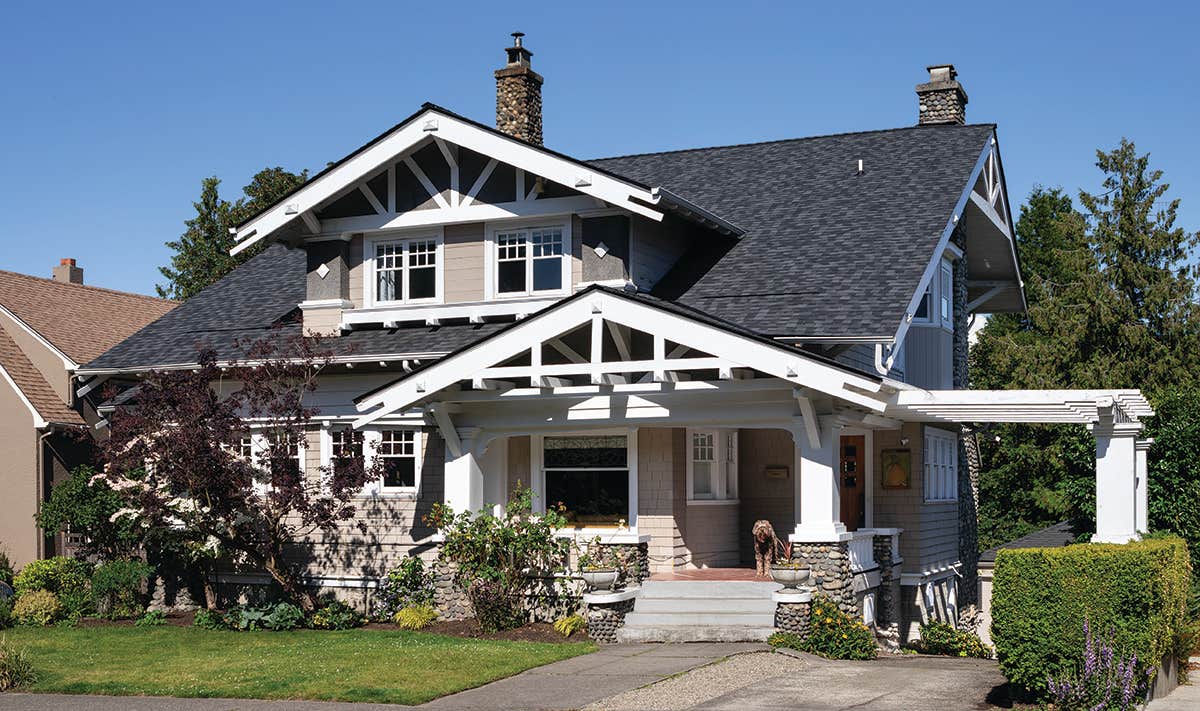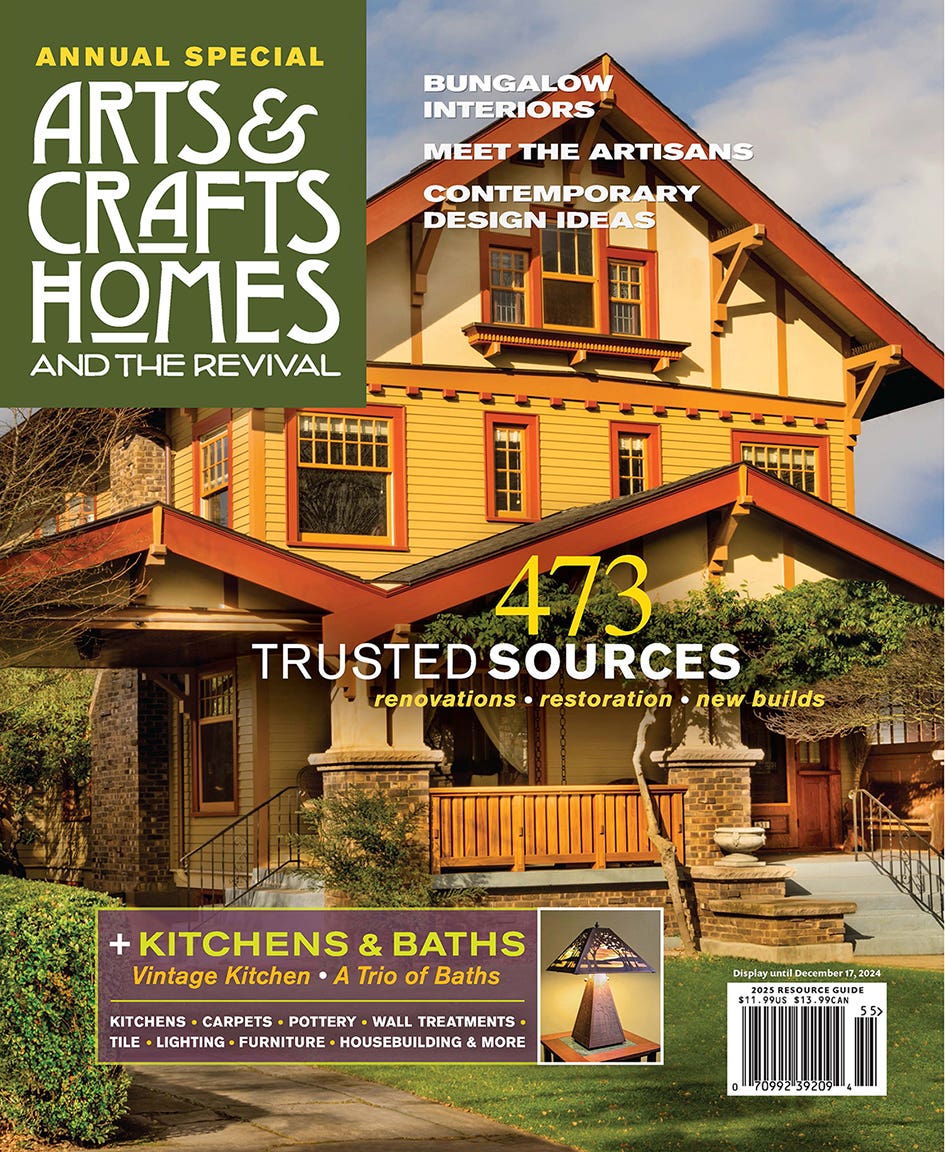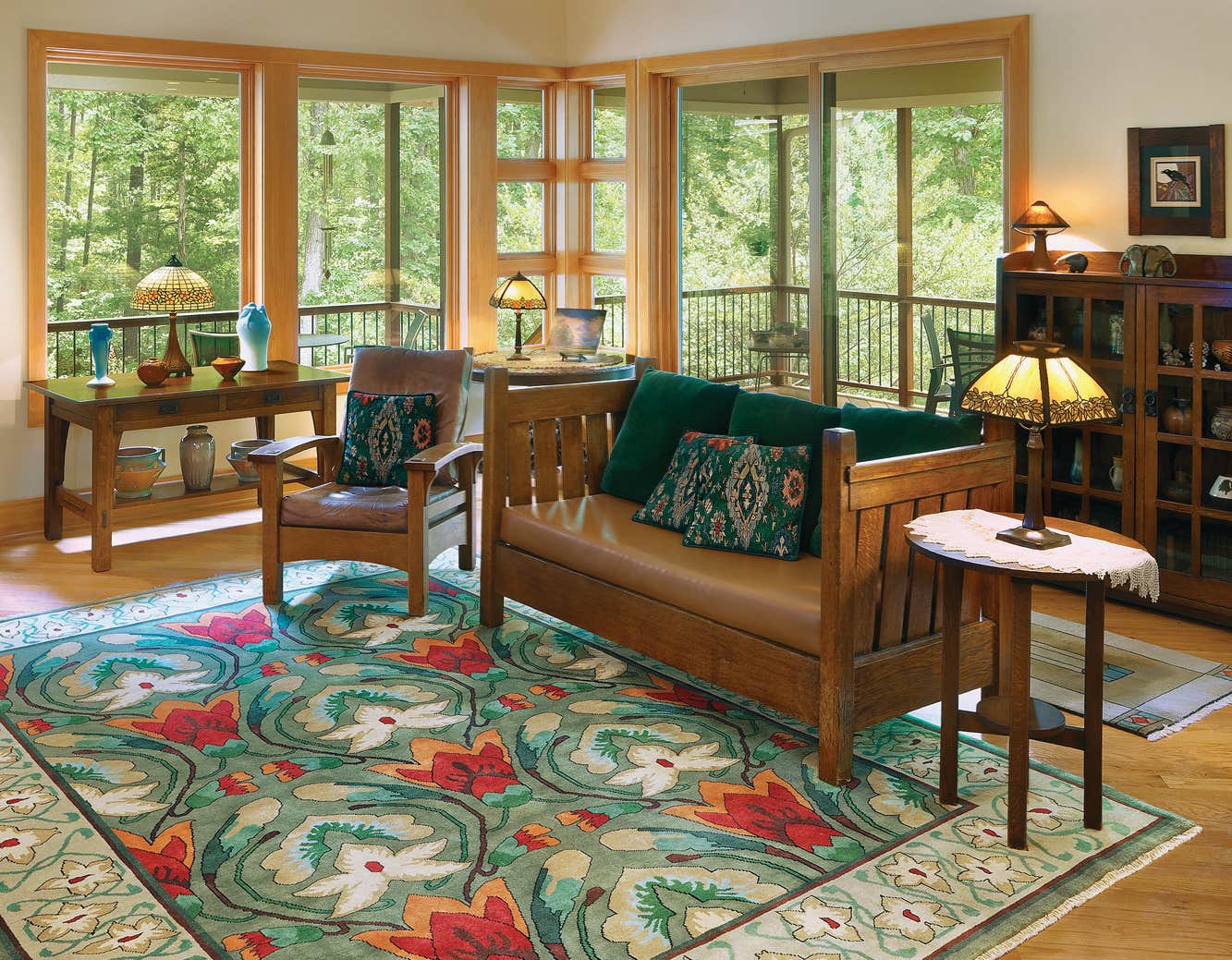Shingle Style 1874–1910
Shingle Style has variously been described as the first modern American house style.
A rarefied style in the 19th century, it is one beloved today. Architects cherish its grand informality. Colonial Revivalists appreciate its simple forms and classical allusions; neo-Victorians exult in its embrace of Islamic and Japanese forms alongside Georgian. It is, as Vincent Scully put it, “the architecture of the American summer".
Shingle Style has variously been described as the first modern American house style. Richardsonian Romanesque done in shingles instead of stone . . . the first wave of the Colonial Revival . . . a subset of the Queen Anne Revival. As a vernacular style self-consciously rendered by leading architects, it’s hard to pin down. It was born in New England but was popular in the Mid-Atlantic and influential in Chicago and, especially, on the West Coast. It’s informal and highly imaginative—a summer “cottage” style—nevertheless built for wealthy clients.
This rambling, shingle-covered style was the result of an appreciation of New England colonial forms overlaid on the popular Queen Anne movement, with free use of Japanese, Moorish, and Art Nouveau motifs. At Naumkeag, the grandest survivor, mahogany paneled formal rooms downstairs—high-ceilinged, furnished in antiques—have a modern floor plan, and a very unVictorian lack of ostentation despite their size. Upstairs, bedrooms with netted bed canopies and cozy nooks are quaintly papered.
Some examples are in the old English style of Richard Normal Shaw’s vernacular Queen Anne Revival in England. But many architect-designed and later examples are more obviously Colonial Revival, with classical porch columns and Palladian windows. The colonial motifs and extensive piazzas (porches) make them distinctly American. In most, public rooms are anchored by a huge living hall with a fireplace and an adjacent grand staircase.
Original Shingle Style houses are rare: few were built and many of those, being summer homes, have since burned, or been demolished or radically altered. But the style’s influence is apparent in may late-19th-century suburbs, where builders inspired by the well-publicized originals put up their own, more modest versions.
See other house styles:
Patricia Poore is Editor-in-chief of Old House Journal and Arts & Crafts Homes, as well as editorial director at Active Interest Media’s Home Group, overseeing New Old House, Traditional Building, and special-interest publications.
Poore joined Old House Journal when it was a Brooklyn-brownstoner newsletter in the late 1970s. She became owner and publisher and, except for the years 2002–2013, has been its editor. Poore founded the magazines Old-House Interiors (1995–2013) and Early Homes (2004–2017); their content is now available online and folded into Old-House Journal’s wider coverage. Poore also created GARBAGE magazine (1989–1994), the first unaffiliated environmental consumer magazine.
Poore has participated, hands-on, in several restorations, including her own homes: a 1911 brownstone in Park Slope, Brooklyn, and a 1904 Tudor–Shingle Style house in Gloucester, Massachusetts, where she brought up her boys and their wonderful dogs.

